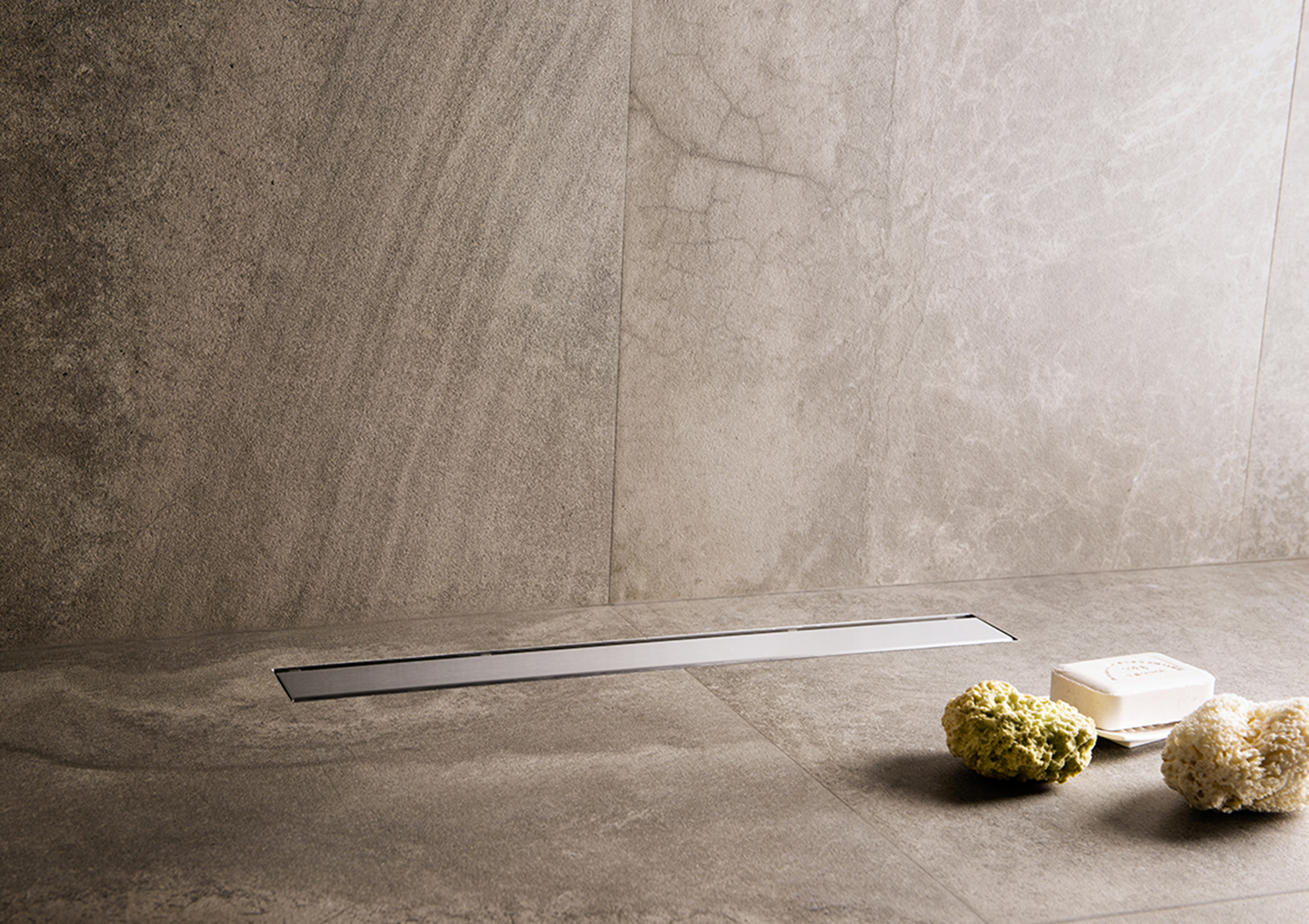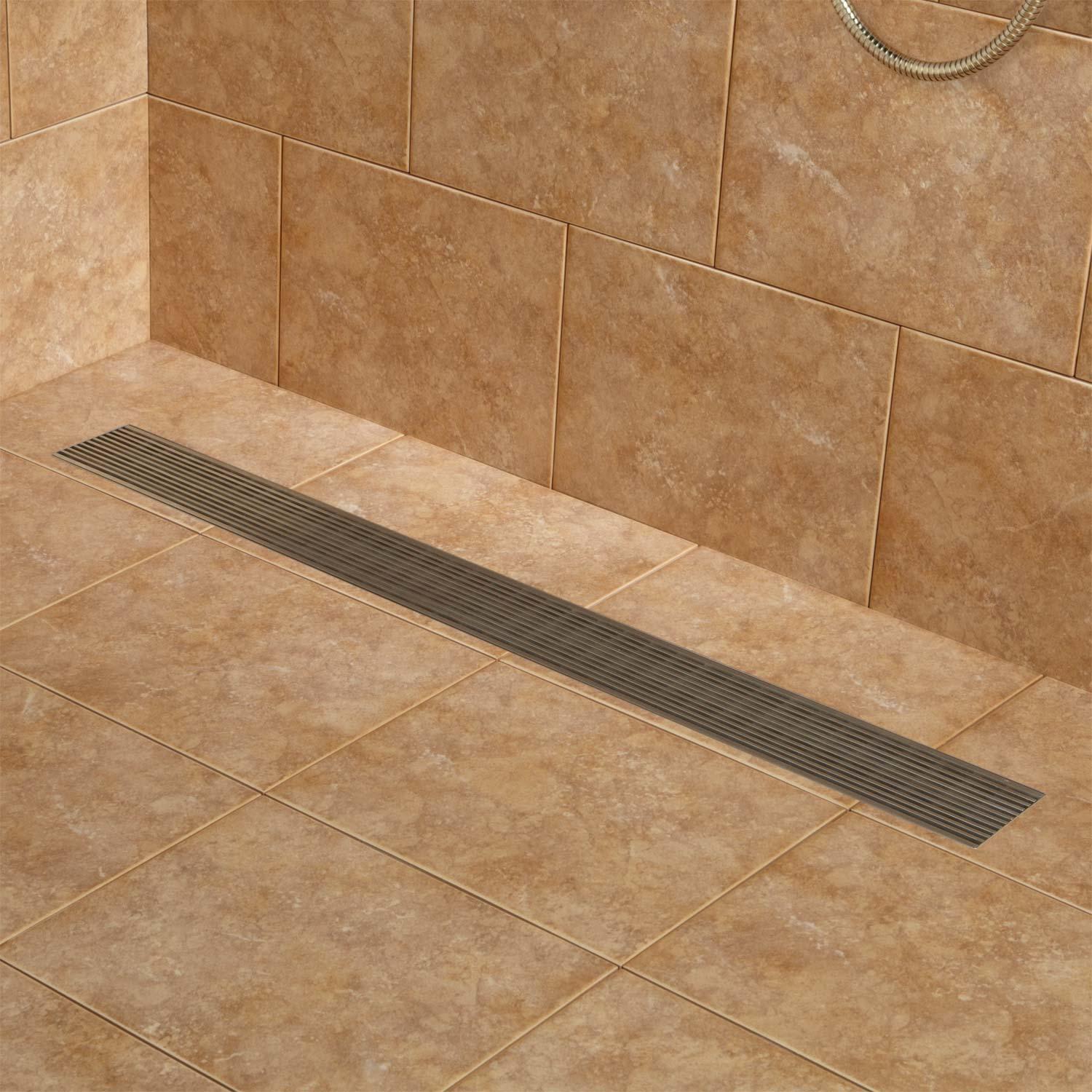We've unearthed this article involving Simple Steps for Installing a Shower Base down the page on the internet and thought it made sense to discuss it with you on this page.

Upgrading a bathroom is one of the extra popular house improvement jobs. Taking care of the plumbing for draining your shower can be exceptionally basic unless you go overboard.
Handling Your Own Shower Drain Setup Job
Whether you are a bath tub or shower individual, many people look for shower only options when purchasing a home. This simple reality means more than a few home owners spend a weekend upgrading or setting up showers in their restrooms. Thankfully for you, it is a relatively easy process.
An enthusiast or pan refers to the straight surface located at the end of the shower. The enthusiast normally includes a non-slip surface a little banked in the direction of the center or any place the drain is located. Integrated with 3 to 4 inch wall surfaces around the side, the goal of your shower water drainage plumbing is to obtain the water to move to and also away.
You can physically build an enthusiast for your new shower, but you actually require to think of it. Do you truly wish to enter the issues of getting the sloping appropriate, and also making certain every element of it is water-proof? And also I suggest every facet! It is much easier to just purchase a pre-cast enthusiast online or at your regional copyright, Residence Depot or hardware shop. Building one may seem like a terrific idea, but you will possibly really feel in a different way after a number of hrs.
Regardless of exactly how you set about obtaining a pan, you ought to strive to make use of one that has the drainpipe situated in the same area as the initial frying pan. Relocating the drainpipe pipelines can be a job, particularly if the contractor used a distinct framing structure. If you are identified to move the drain, you are mosting likely to need to reduce the pipeline or lengthen it, which may mean destroying huge portions of the floor. Put another way, you are going to be looking at a numerous weekend break project.
Assuming we have our drainpipe lined up, the actual hook up is relatively basic. The drainage pipe must be facing vertical up to the enthusiast. It will certainly typically resemble a "U", which suggests it serves as a cleanout to maintain unpleasant scents from coming back up from the drainpipe. To link the drainpipe, you are going to produce a water limited connection between a drain cap on the top of the pan as well as the water drainage pipeline. Systems vary, but you are commonly going to do this by putting a coupling piece on the top of the drain pipe. This is after that covered with gaskets as well as essentially screwed right into the drainpipe cap. The drainpipe cap need to work as a locknut, to wit, it screws straight onto the combining.
The complicated part of this procedure is obtaining your drainpipe cap to suit a leak-proof position in the pan. This is accomplished by withdrawing the drainpipe cap when you are sure everything meshes. Then, you put plumbings putty around the underside of the cap and afterwards screw it back on. The putty ought to form a limited seal between the cap and also the shower frying pan, which keeps water from dripping under it and right into the framing under the shower.
Clearly, restroom showers can be found in a wide array of designs these days. If you acquire a collector, they generally come with plumbing directions or the shop can note anything unusual you must recognize. It sounds complicated, yet is typically pretty direct. Enjoy!
How to Replace a Shower Drain
When Replacing a Shower Drain is Necessary
If you see water damage in the drywall in the ceiling below the shower If your old shower drain is showing signs of corrosion If you want to replace your shower pan or base How to Replace a Shower Drain
When a bathtub drain links, it’s normally possible to make the repair from inside the bathtub. Shower drains, however, are constructed differently. To correctly repair a shower drain, you typically need to either cut into the ceiling below the shower or shimmy into the crawlspace under the bathroom depending on where the shower is located. Here’s how to change a shower drain in 8 steps.
Cut into the drywall underneath your shower
o begin work on your shower drain, turn off all circuit breakers that control the lights and outlets in the bathroom you’re working on. Wearing a headlamp for light optimizes safety until you feel confident you know where all the wires are located.
Replacing a shower drain isn’t an impossible job, but it can present some challenges (especially if you’re inexperienced in plumbing projects). If you want to complete this task on your own, then it’s certainly possible. Follow this guide on how to change a shower drain.
When Replacing a Shower Drain is Necessary
How do you know when you should replace your shower drain? Here are some telltale signs.
If you see water damage in the drywall in the ceiling below the shower
If your old shower drain is showing signs of corrosion
If you want to replace your shower pan or base
The guide will help prepare you for the issues you may face during the process of replacing a shower drain.
How to Replace a Shower Drain
When a bathtub drain links, it’s normally possible to make the repair from inside the bathtub. Shower drains, however, are constructed differently. To correctly repair a shower drain, you typically need to either cut into the ceiling below the shower or shimmy into the crawlspace under the bathroom depending on where the shower is located. Here’s how to change a shower drain in 8 steps.
1. Cut into the drywall underneath your shower
To begin work on your shower drain, turn off all circuit breakers that control the lights and outlets in the bathroom you’re working on. Wearing a headlamp for light optimizes safety until you feel confident you know where all the wires are located.
Next, make a rectangular hole in the drywall underneath your shower with a drywall saw and utility knife. Be cautious of any other pipes or wires that may be in the ceiling as well. Continue your cut as far as the ceiling joists on either side. Then, cut down the middle of the joists to provide a backing for the new drywall. Make sure the hole is rectangular as this shape will be easier to patch than any other.
The section should also be large enough to allow you to disassemble your drain. If your shower drain has been leaking, the best place to cut is where the drywall is soggy, or water is dripping. Cut away all the water-damaged and moldy drywall.
Disassemble the interior shower drain
This portion of the process is complex and requires several mechanical steps to begin disassembling the portion of the drain inside the shower.
First, wedge a flat-head screwdriver under the drain strainer and pry it up. Next, remove the strainer so the locknut and gasket inside the drain flange are exposed. You’ll see that the locknut has several crowns. Put a screwdriver against one of the crowns and tap the screwdriver with a hammer to turn the nut clockwise. Then, keep tapping until you’re able to turn the nut by hand. Unscrew the crown and remove it. Finish prying out the rubber gasket underneath it with the screwdriver.
Remove the drain locknut from beneath the shower
Return to the space beneath the shower (either the ceiling or the crawl space) and locate the locknut holding the drain to the shower pan. If space is available, you can use wide-jaw pliers to loosen it. However, if space is limited, then use the same technique described above (i.e., tapping one of its crowns counterclockwise with a screwdriver and hammer until the nut is loose enough to turn by hand).
Prepare the waste pipe for a new drain
Before attaching the new drain, wipe the rim of the waste pipe off with a rag. You want to make sure it’s clear of any stray putty or debris before sliding on the locknut, then the fiber gasket, and finally the rubber gasket for the new drain.
To attach these new fixtures, you’ll likely have to pull the pipe away from the drain opening. Once you’ve done this, make sure you return the drain to its original position.
Install a new drain flange
Before installing a new drain flange, wipe away old plumbers’ putty and check the shower floor around the drain opening. If cracks are present, you may need to install a new shower pan before continuing.
If no cracks are present, continue by packing the underside of the rim of the new shower drain flange with plumbers’ putty. Do this by rolling the putty into a rope and winding the rope around the flange. Then, flatten it with your fingers.
https://copperlab.com/blogs/guides/how-to-replace-shower-drain

Hopefully you enjoyed our article about How to Install or Replace a Shower Drain. Thanks for spending some time to read our blog post. For those who appreciated our blog entry if you please be sure to pass it around. Kudos for your time. Visit again soon.